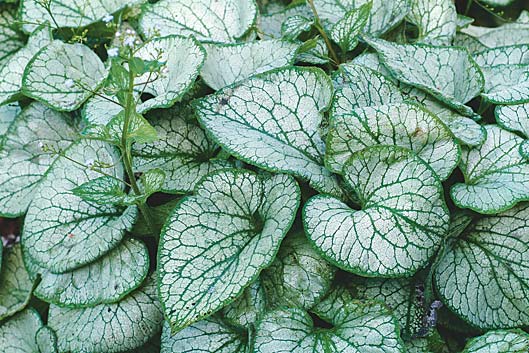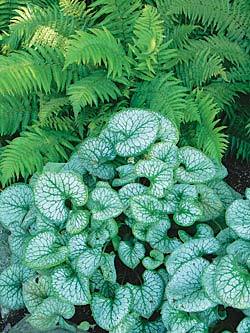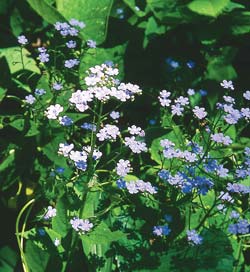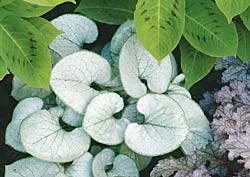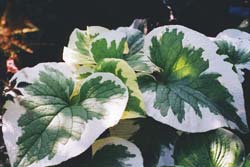In a previous issue of Michigan Gardener, mint marigold was mentioned as being able to destroy bindweed and ground ivy. How do I grow it? Is there a better way to get rid of the ground ivy that is overrunning my lawn, garden, driveway, pond, and vegetable patch?
Mint marigold (Tagetes minuta) is a South American herb that grows readily from seed sown directly into the soil once danger of frost is past. It thrives in full sun and will choke out ground elder, bindweed, couch grass and ground ivy as it reaches its full height of six to eight feet. Considered a cash crop in South America for its oil, uses as a condiment and in beverages, it is sometimes considered a weed by others.
If bindweed is a problem in a large sunny area for you, it might be worth a try. However, ground ivy tends to like moist, shady areas as well as sun. For perennial weeds such as these two, there are three types of control: cultural (including crop rotation, such as growing the mint marigold), mechanical and chemical.
As was described in the “Weed Watch” column in the April 2004 Michigan Gardener, to naturally control ground ivy in turf grass, maintain turf density and health through proper culture. Mechanical removal in turf is difficult and rarely effective. Ground ivy is shallow-rooted and it roots at each joint whenever it touches the soil, making it difficult to pull by hand. In beds it can be controlled by diligent and consistent removal. Mechanical removal is accomplished by using a garden fork to loosen the soil about 3 inches deep and gently working the roots out.
To control ground ivy by chemical means, a post-emergent herbicide needs to be used. Pre-emergent herbicides do not work on established ground ivy.

